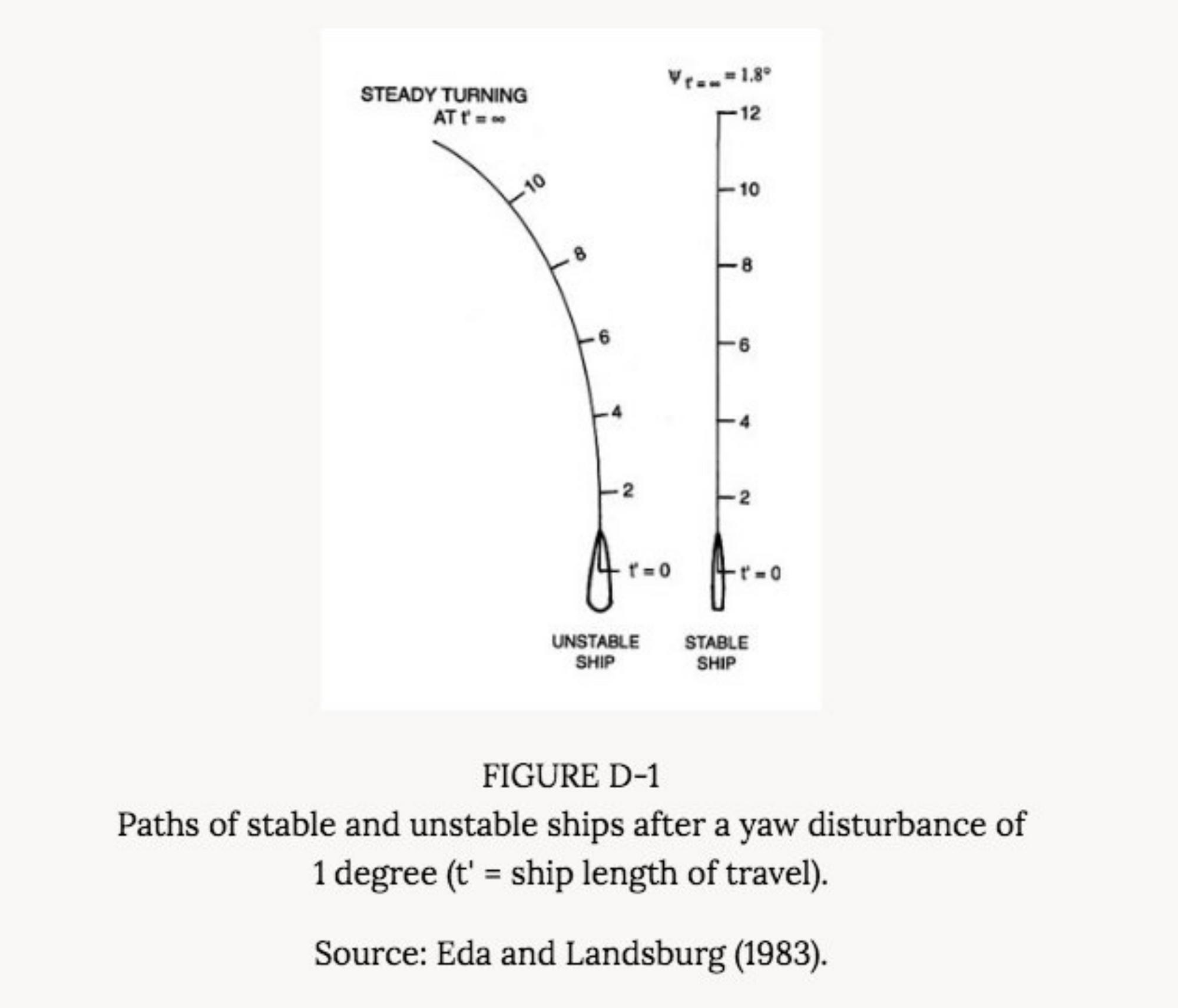Keep Your Ship Stable
Disturb a ship's path just 1 degree and it becomes unstable. It requires constant helm corrections to maintain a desired heading.

This concept might help sales development leaders and reps.
Disturb a ship's path just 1 degree and it becomes unstable. It requires constant helm corrections to maintain a desired heading.
The “helm corrections” are audits of your key processes. Remember, you drive the ship. The ship does not drive you. This means “owning your business within the business” and holding yourself accountable for its progress or lack thereof.
We see and hear a lot of excuses from low performers, but rarely see or hear their names on the excuse lists. Start with you and what you’re able to control.
Some examples of what sales development leaders regularly audit:
• quality of inbound leads (done in collaboration with the demand generation leaders)
• load-balancing - of SDRs-to-AEs or heads-to-territories or specialists-to-products (done with sales and operations leaders)
• target account identification, distribution, and outreach (done along with marketing leaders)
• interlock - between SDRs and AEs, SDR leaders and sales leaders, et al. (done together)
• recognitions, calibrations, and skip levels - of directs and extended directs (done with people leaders)
• communications - team standups, weekly updates, QBRs, and All Hands calls (done along with directs)
Some examples of what sales development reps regularly audit (with their leaders and peers):
• lead-to-meeting conversion rates (by source, by score, by status)
• meeting-to-opportunity conversion rates
• days-in-stage (noting what becomes of their qualified meetings)
• frequency of pre-mortems and post-mortems with AEs
• career development - online courses or books completed, certifications
• impact of talk tracks, conversation starters and closers, call recordings, email copy
• time management - assessing urgency vs. importance vs. mission and purpose vs. desired outcome
• communications - % of connects, daily/weekly summaries to AEs and leaders
Regardless of what you choose to audit, do it and do it often. Steer your ship accordingly. Instead of saying, “I’m / We’re good at that,” instead ask, “How good am I / are we at that?”
To maintain stability of your desired path, make constant helm corrections.
Or stray…
